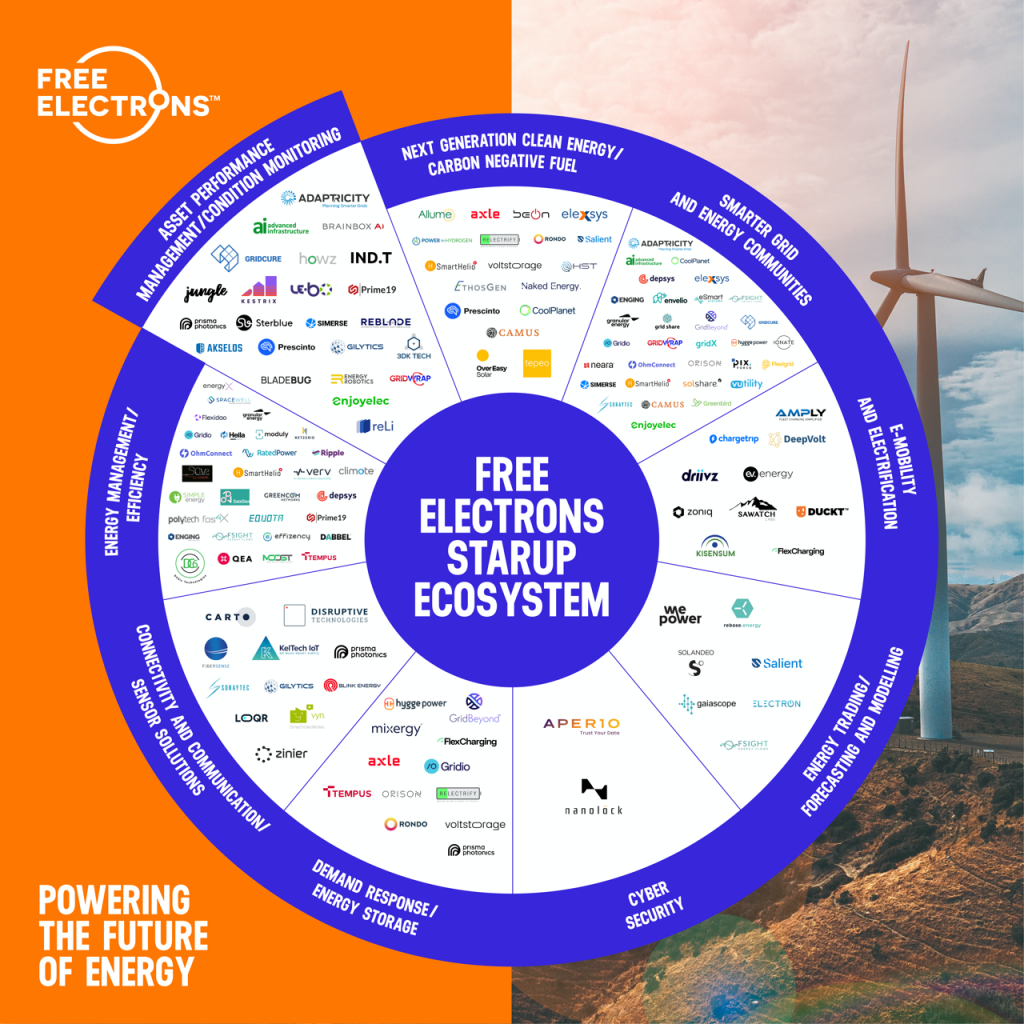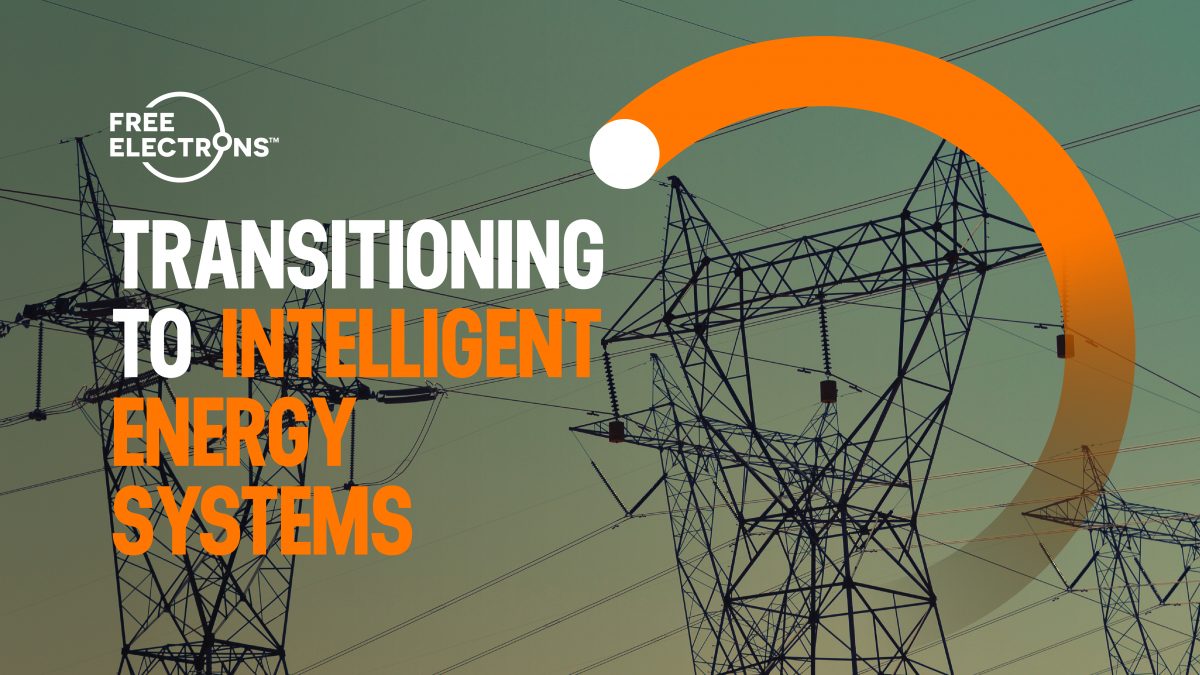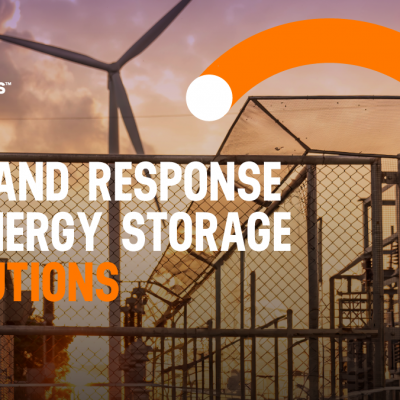As the world accelerates its transition to sustainable energy, the demand for more efficient, reliable, and intelligent energy systems is greater than ever. Central to this transformation are solutions incorporating asset performance management (APM) and condition monitoring technologies, which are seriously taking a step in the fast-paced world of industries today.
According to McKinsey research on the impact of digitalization and advanced analytics in industrial settings, APM is crucial for reducing machine downtime by 30-50% and increasing machine life by 20-40%. Ultimately, predictive maintenance can also reduce costs by up to 40% while enhancing energy reliability, especially as global demand rises1.
This ensures efficient integration of renewables into the grid while maintaining stability amid increasing complexity. Such helps energy companies meet stringent regulatory standards, supporting the shift toward cleaner energy sources while minimizing operational risks.
A Peek into the Future of APM and Condition Monitoring
Smart technologies are becoming faster, cheaper, and more accessible, allowing for computation and data collection capabilities to unwind even more possibilities. With the integration of next-generation connectivity, edge computing, IoT sensors, and AI-driven analytics, we can now detect performance issues and malfunctions at an early stage while seamlessly connecting data from multiple sources. These advancements have significantly enhanced performance monitoring and management in the energy sector, enabling various innovative implementations, some of which are highlighted below.
Load Disaggregation and advanced grid forecasting are critical applications driving innovation in the energy market. By breaking down a system’s total energy consumption into individual components, load disaggregation enables precise monitoring and maintenance, allowing for early detection of performance issues in specific assets like motors or HVAC systems. It has been estimated that this granular approach can improve the accuracy of failure predictions by up to 20%2, significantly reducing unplanned downtime and enhancing operational efficiency.
As global energy demand rises and as grids integrate more renewable sources, predictive maintenance, and real-time monitoring are becoming more and more indispensable. By leveraging AI and ML, energy systems can now analyse historical and real-time data to predict potential failures before they occur. This approach is of increasing importance as it allows for more proactive maintenance schedules and also reduces the likelihood of costly outages. Such can be seen in practice in recent estimates that show that predictive maintenance can lower equipment downtime by up to 50% while extending the life of assets by 20-40%3. As smart sensors and edge computing become more affordable and widespread, these capabilities will become increasingly integral to energy infrastructure management, helping utilities optimize performance, reduce costs, and improve system resilience.
In this context, APM and condition monitoring are essential, though, their impact is substantial in other areas such as the global effort to reduce carbon emissions and in developing smart emission reduction solutions for municipalities and businesses. The transition to intelligent energy systems is key in the path to meeting global sustainability goals and optimizing energy use.
How Have Free Electrons Alumni Been making Strides In This Area?
Over the past 8 editions of the Free Electrons program, many innovative and revolutionary solutions that focus on how to catalyze innovation in these critical areas have been tested. Below, are a few examples of pioneering startups that are making significant strides in this area.
IND Technology (IND.T), an Australian startup specialised in applying AI-driven predictive analytics to optimize industrial and energy asset performance. Their Early Fault Detection (EFD) system shows an advancement in this sector, being able to monitor radio-frequency signals on powerlines 24/365 to detect and locate a wide range of incipient faults before it develops to cause power outages and wildfires.
In a pilot with EDP, IND.T has tested predictive maintenance technology for detecting and diagnosing electrical asset failures remotely. Their EDF system shows quite a great advancement in the sector, demonstrating its ability to detect and diagnose a diversity of electrical asset-failure threats remotely before adverse outcomes occur. On a further note, this proactive approach makes this system even more interesting due to its capacity to locate issues within 30 feet due to its smart combination of smart sensors, radio frequency signals and advanced data analytics. By leveraging such advanced tools, this system has contributed to a further outlined strategy to enhance the reliability of energy infrastructure and optimize maintenance costs by preventing failures and reducing downtime.
Jungle AI is a Portuguese startup that focuses on using artificial intelligence to monitor and predict the health of critical infrastructure in the energy sector. In a recent collaboration with CLP, Jungle AI has managed to apply its advanced machine learning algorithms to predict and prevent equipment failures, boosting grid reliability and optimizing maintenance efforts. This collaboration has not only demonstrated a high transformative AI impact on grid resilience, but it also proved its significance and market potential in the ability to drive real operational improvements for utilities.
Simerse AI, an American startup specialized in using advanced AI and computer vision to support electric utilities and other industries in identifying defects in critical infrastructure. Their AI platform is particularly adept at generating synthetic data to train algorithms, especially for infrastructure monitoring in sectors such as energy distribution and telecoms. Aside from that, by using this synthetic data, Simerse AI enhances its ability to detect and predict failures or security issues in various components like utility poles and substations, significantly reducing operational risks. Back in 2022, Simerse AI worked with two utility partners to enhance operations by training AI on synthetic data.
Simerse AI collaborated with E.ON on a pilot project aimed at improving substation security. By using AI trained on synthetic image data, Simerse AI developed a solution that automatically detects damages at security fences, thereby reducing the risk of unauthorized access. For ESB, Simerse AI model was trained to distinguish between different types of insulators and also to detect specific defects, such as cracks, using UAV-captured images thereby establishing Simerse AI as an innovator in asset performance management (APM) and condition monitoring.
And finally, Prisma Photonics, experts in fiber optic-monitoring solutions, offering real-time insights into critical infrastructure such as pipelines and power lines. Their distinctive Distributed Fiber Optic Sensing (DFOS) technology has made it possible to provide continuous monitoring across long distances without the need for numerous sensors, making it highly scalable. In collaboration with Hydro Quebec, Prisma Photonics has developed a sensor-free grid monitoring solution for both overhead and underground transmission lines monitoring. Their solution uses pre-existing fiber networks, namely optical ground wire (OPGW), implemented with nearly all transmission lines, offering sophisticated monitoring solutions such as smart maintenance, grid resiliency and dynamic line rating.
Bridging Innovation and Worldwide Diversity
The collaborations above are just a few outstanding examples that showcase how the Free Electrons program acts as a bridge between innovative startups and large utilities, fostering the development and implementation of cutting-edge solutions. Having it operating globally opens many doors for different challenges and opportunities to be considered and tested inside the energy sector.
As global energy grids become more and more complex, the need for advanced APM & condition monitoring has never been more critical. Technologies like IND.T’s EFD system or even Prisma Photonics’ DFOS technology offer real time-time insights, predictive analysis and early failure detection, creating the possibility for proactive startups alongside large utility companies to manage and optimize their infrastructure, reduce downtime, and proactively manage risks.
From identifying issues in power lines and substations to forecasting grid impacts from extreme weather, the Free Electrons program has the potential to manage and optimize energy assets, paving the way for a more resilient and sustainable energy future.
Explore the topic further inside Free Electrons!

- (McKinsey & Company. (2019)
- (National Renewable Energy Laboratory (NREL) (2024)).
- (McKinsey & Company, “Scaling digital and analytics-enabled improvements in chemicals and agriculture” (June, 2022)).





Comments